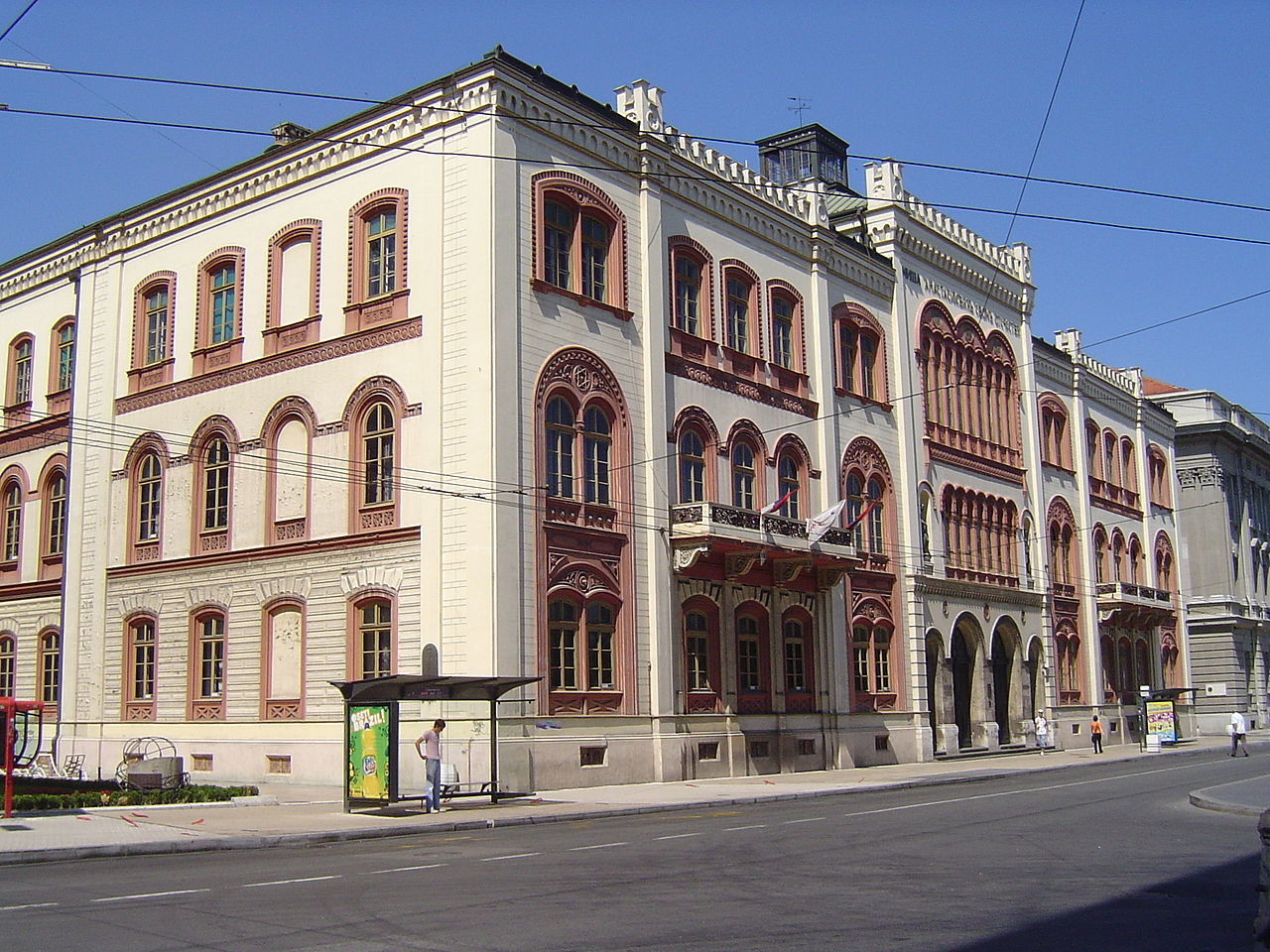
The University of Belgrade is one of the oldest university centers in the region. It was established in the first half of the XIX century and has a long tradition as the region’s leading educational institution. The University played the role of Alma Mater for all the universities in Serbia, Montenegro and Macedonia, as well as in a large part of Bosnia and Herzegovina. Presently, the University of Belgrade comprises thirty-one faculties, eight research institutes and a University library. It brings together approximately 2,500 professors and about 78,000 students, a significant number of which are from the neighbouring countries. Currently the University of Belgrade and its Faculty of Law are ranked among the top 201-300 universities according to the Shanghai Academic Ranking of world universities and continue to develop an internationally-oriented approach to the teaching of law. This commitment allows the Faculty of Law to attract students from different countries through the Erasmus+ programme and other programmes of international exchange. In addition to this, foreign students often enrol in the Master’s Program in European Integrations which is entirely taught in English. Furthermore, in cooperation with the Centre Européen Universitaire de Nancy – Université de Lorraine, it offers a French-language degree – Le Master «Etudes Européennes», 2e année, spécialité «Droit de la Construction européenne».
The Faculty of Law, established in 1808 as part of the University of Belgrade, is one of the largest law schools in the region, with a long tradition of being in the forefront of the country’s legal education. The Faculty has always rallied distinguished scholars and excellent lecturers. Since its founding, it has educated almost 50,000 law graduates, around 1,200 magistri iuris and 830 doctores iuris, as well as hundreds of specialists in various areas. A great many Faculty of Law alumni have become renowned experts and scholars in all branches of law, law professors and high ranking government officials. At present there are about 8,000 students enrolled in the undergraduate studies, and hundreds more at various levels of post-graduate studies (23 master programmes and 16 doctoral programmes). The studies at undergraduate, master and doctoral level are interdisciplinary oriented, so that the study programmes offer knowledge not only from a narrow legal perspective, but from the sociological, economic and political-logical perspectives as well, with a strong focus on training the students to apply the knowledge gained in this programme in their legal practice. The Legal Clinic for Anti-discrimination Law helps to address unmet legal needs in the community regarding discrimination, and hundreds of legal experts and law students volunteer at this clinic. Gender Studies are taught as an optional course at undergraduate level at the Faculty of Law. Gender research at the Faculty includes hosting an international conference on Gender Equality in Higher Education which in 2017 brought together university professors, experts, and policy-makers to discuss emerging issues and best practices in gender mainstreaming in higher education, and particularly in gender mainstreaming in legal education. The Faculty of Law was the first among all faculties and universities in Serbia to introduce a Gender Action Plan for achieving gender equality, which included assessing and reviewing the existing, as well as designing new regulations and practices aimed at detecting and correcting gender inequalities at the Faculty of Law. The University of Belgrade Faculty of Law continually modernises its curriculum, introducing new technologies, thus advancing the learning facilities and enriching its highly qualified academic staff, which now encompasses over 120 professors and lecturers. The majority of the teaching staff is represented by young associates, a large number of whom have graduated from renowned foreign academic institutions. The Faculty of Law has the finest academic library in the region, occupying an area of 2,000 sq. meters, with the collection of over 150,000 monographs, almost 3,000 journals totaling over 350,000 issues, as well as a priceless collection of 400 rarities (featuring several rare XVII and XVIII century books).


